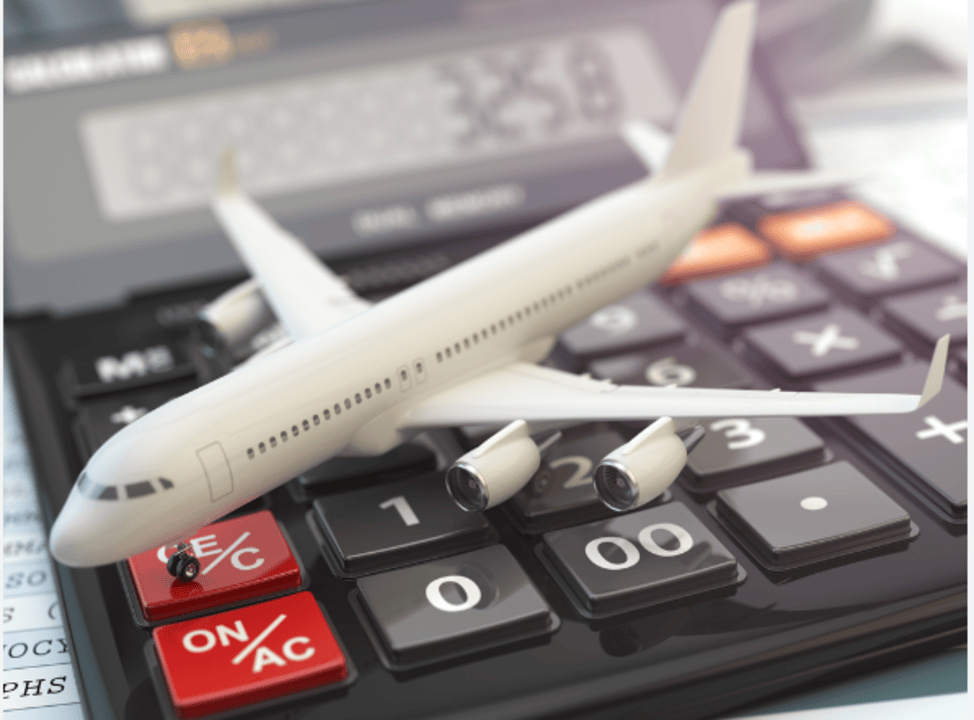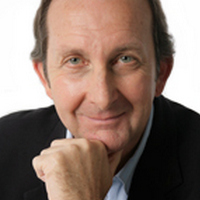

Before examining why we’re being slugged heavily when we fly, let me remind you that if Wednesday’s CPI had brought with it lower services inflation, there would’ve been a good chance that we’d be getting a rate cut on Cup Day — that’s next Tuesday! However, services inflation remains a problem. Until it’s beaten, the Reserve Bank is bound to play hardball on rate cuts.
That said, if the National Accounts on December 4 shows our economy has negative growth or shrinking GDP (production and income), the RBA might be worried into cutting rates ASAP.
Aside from this unexpected but possible scenario, what we need to see is less services inflation. On that subject, the CPI report this week showed the following:
So, shopkeepers and sellers of products are helping bring down inflation, but services sellers are driving inflation up!
That’s why the story in the SMH about airfares going through the roof since Rex and Bonza ‘fell out of the sky’ is a timely one. In a week when the Prime Minister has had an airline drama, this poses the question: Who in government is doing anything about our high airline prices?
You might think Catherine King, the Minister for Infrastructure, Transport, Regional Development and Local Government, is the person we should look to. But really it should be the Treasurer, powered by the PM, for killing inflation and winning election reasons, who should be demanding airlines lower their airfares.
Ordinarily, I don’t want government to interfere with the pricing decision of businesses — it should be a demand and supply equation — but when the competition is small and there seems to be price exploitation, then a government should act.
For example, Australia doesn’t have great competition when it comes to airlines, telcos and health insurance, and so some government surveillance makes sense. And we do have a government body called the Australian Competition and Consumer Commission (ACCC) which should be given more grunt to ‘name and shame’ service providers who are exploiters. And those exploiters can be government departments and councils as well!
Property rates and charges rose 4.9% in the September quarter. We can thank local councils for that. This is how the CBA’s economics team saw the spike in services inflation: “Higher prices for holiday travel and accommodation (up 1.4%); property rates (up 4.9%); rents (up 1.6%); other financial services (up 0.9%) and childcare (up 3.2%) were the main contributors to the lift in quarterly services inflation, which remains sticky.”
On the surge in airfares since Bonza and Rex went down the gurgler, this what the SMH’s Madeleine Heffernan found: “Data from online travel agent Webjet shows the average booking price for a return ticket between Melbourne and Sydney jumped from $385 in late July to $537 in late October – up 39.5 per cent.”
But wait there’s more! “In the same period, the average booking price for a return ticket between Brisbane and Melbourne went from $490 to $760 – a rise of 55 per cent. Sydney to Brisbane return flights were 4 per cent pricier at an average of $437.”
There are cheaper flights, but they happen at quieter times. If you need to travel at peak travel times, you’re likely to cop expensive tickets.
Industry experts say they like the hook up of Virgin with Qatar and expect this will improve competition and pricing over time.
The options for a government to have an impact on pricing ranges from the ACCC naming and shaming price exploiters, which is something that the big supermarkets are copping right now. In more practical terms, government should have provided financial support or tax relief to the likes of Bonza and Rex to ensure we had real competition and fairer pricing.
I recently checked out flying from Sydney to Miami for a business meeting and found the ticket prices for business class (I have long legs!) were around $18,000, though if I wanted to go via Tokyo on JAL, it would be more like $9,000.
To see what’s possible, I saw a business class ticket Las Vegas to Singapore was selling for $1,707 while for Sydney to Singapore it was $4,000. And that’s with a flight time of 18 hours for the Yanks compared to our flight time of only 8 hours!
We either need more competition or more regulation, or else we’ll continue to pay too much for airline travel and other services. And this means inflation, as well as interest rates, will be higher here than comparable economies.